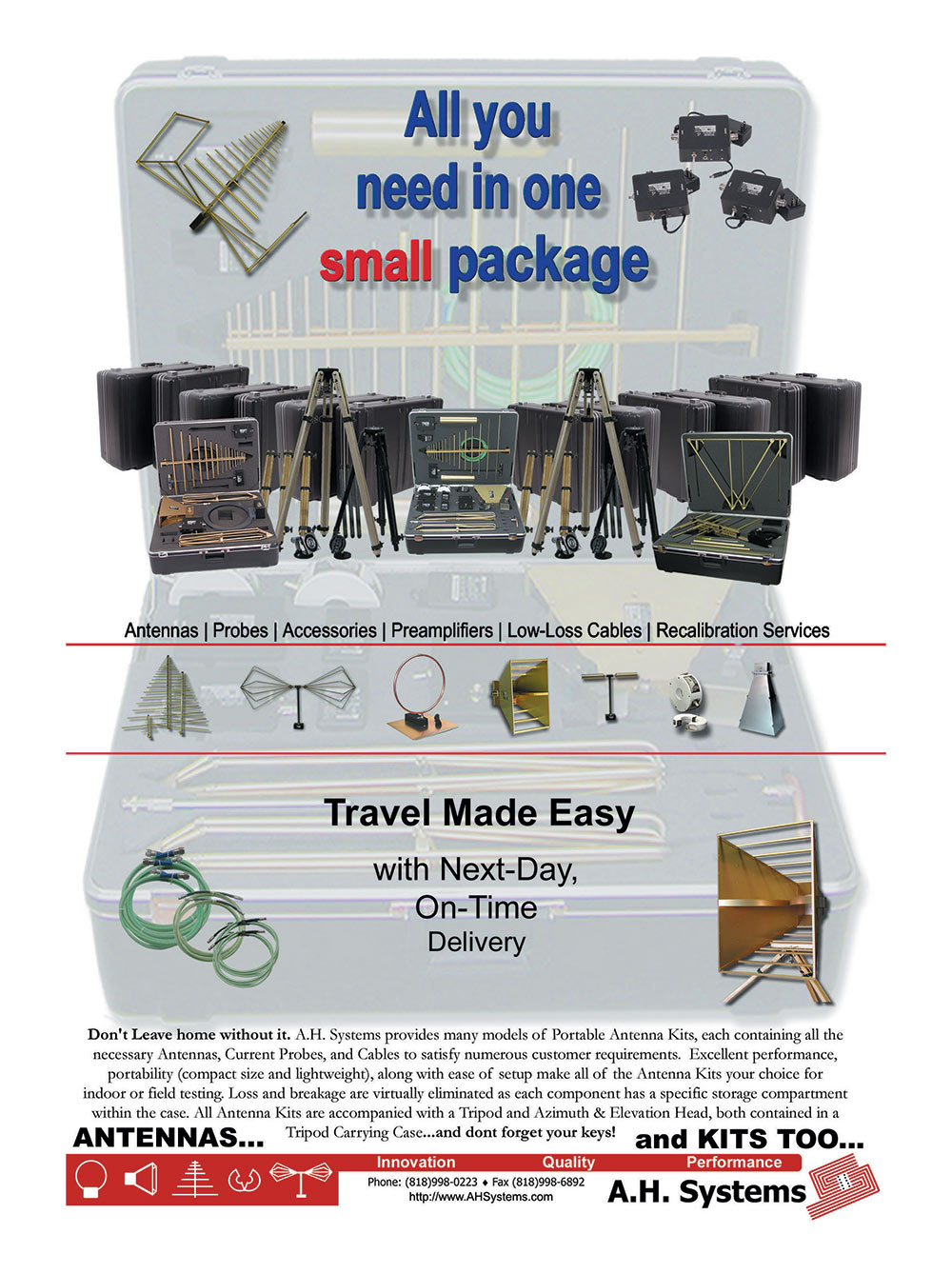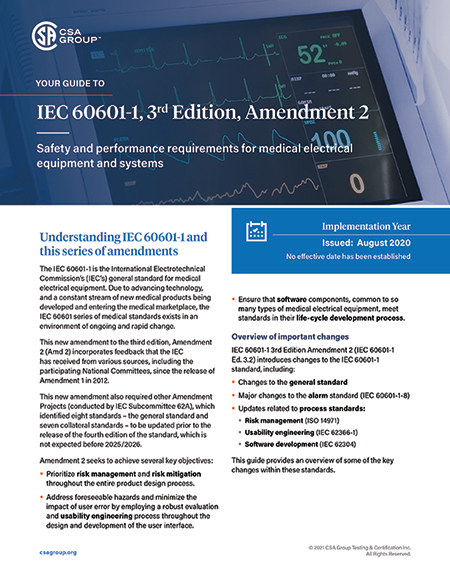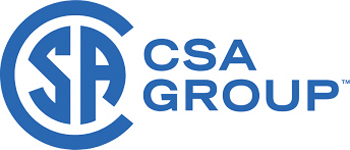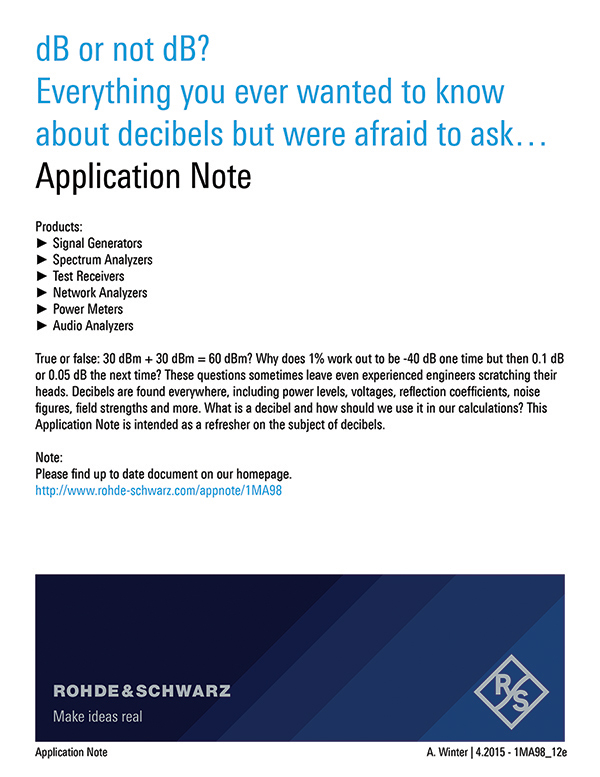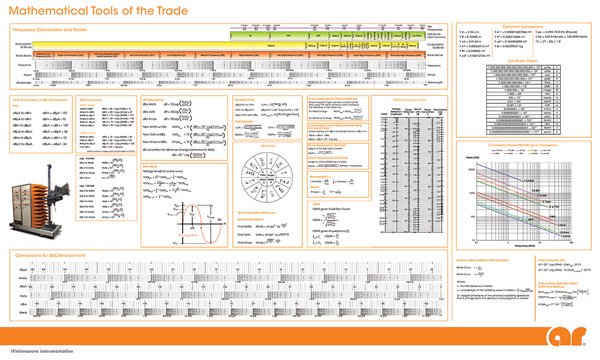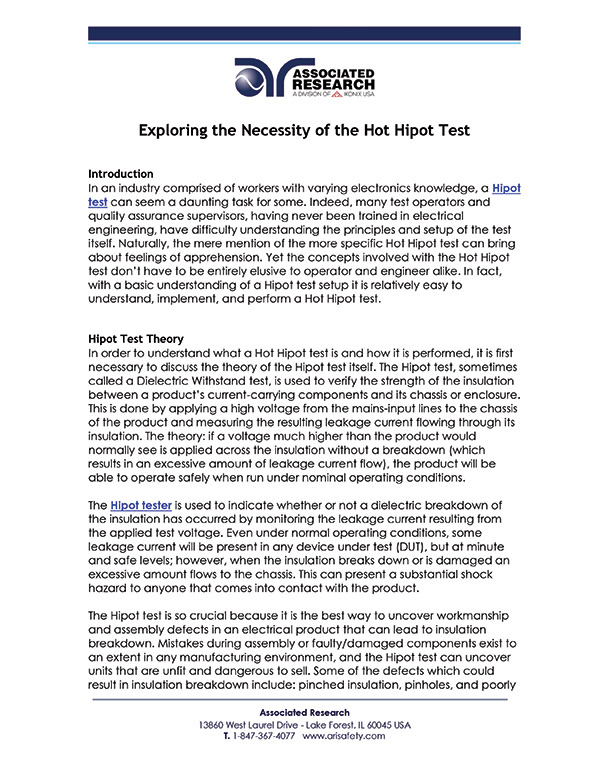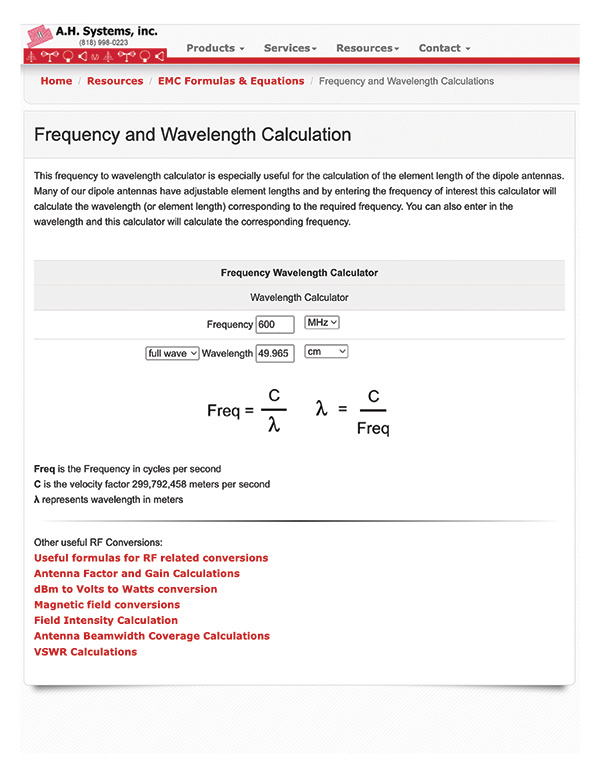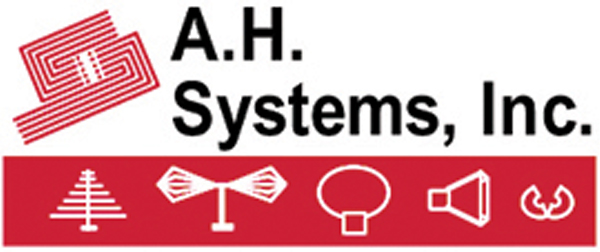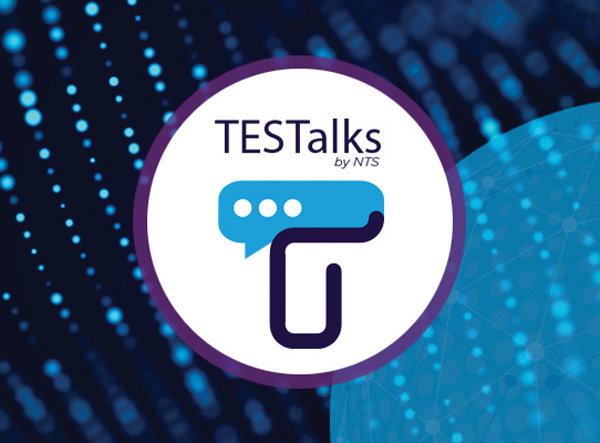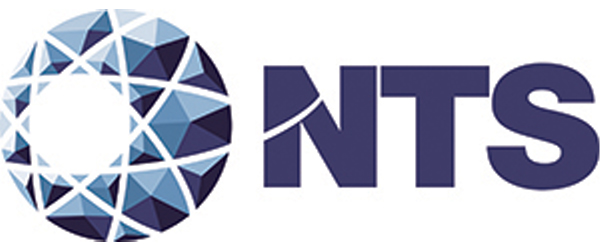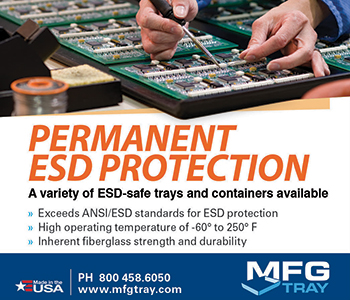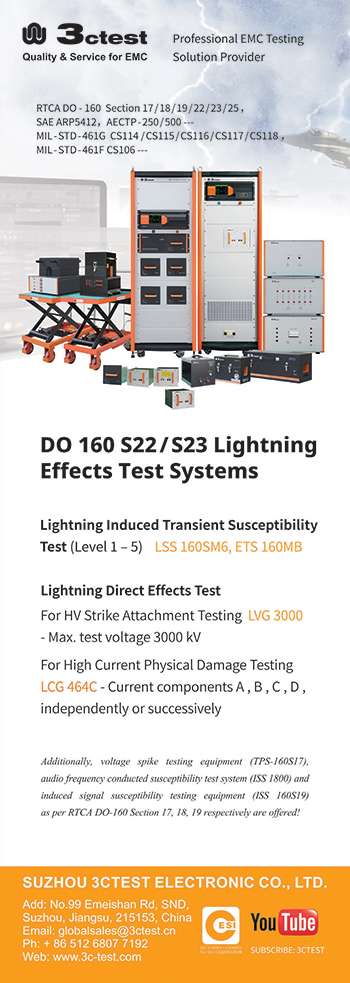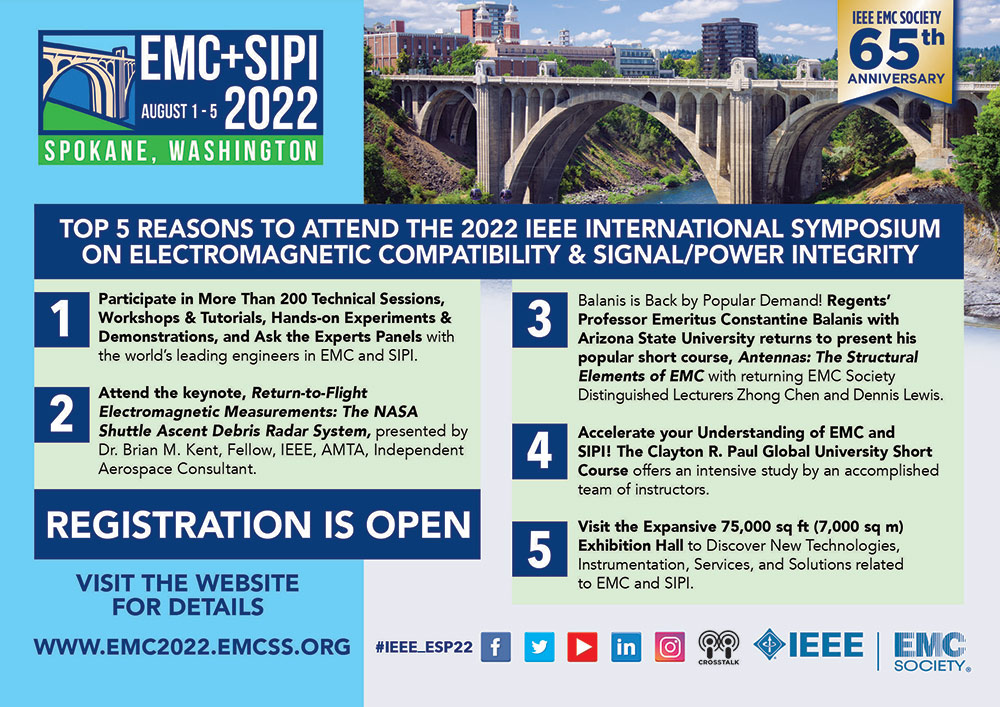
Users Guide to Hipot Testing
High-Integrity Components in Electrical Equipment, Part II
Users Guide to Hipot Testing
High-Integrity Components in Electrical Equipment, Part II

ISSN 1948-8254 (print)
ISSN 1948-8262 (online)
is published by
Same Page Publishing Inc.
451 King Street, #458
Littleton, MA 01460
tel: (978) 486-4684
fax: (978) 486-4691
©Copyright 2022 Same Page Publishing, Inc. all rights reserved
Contents may not be reproduced in any form without the prior consent of the publisher.
While every attempt is made to provide accurate information, neither the publisher nor the authors accept any liability for errors or omissions.
publisher
bruce@brucearch.com
keith.armstrong@
cherryclough.com
Leo@EisnerSafety.com
dgerke@emiguru.com
ken.javor@emcompliance.com
kenrossesq@gmail.com
wernerschaefer@comcast.net
Subscriptions outside North America are $129 for 12 issues. The digital edition is free.
Please contact our circulation department at circulation@incompliancemag.com
According to a Notice of Inquiry, the Commission believes that its efforts to improve efficiencies in spectrum management need to expand to include all aspects of wireless systems, including both transmitters and receivers. Although current regulations applicable to transmitters implicitly acknowledged receiver performance, the Commission says recent advances in receiver technology and the development of more interference-resistant receivers potentially offer additional opportunities to improve spectrum management efficiencies…
Under the Medical Device User Fee and Modernization Act (MDUFA) and its successive amendments, the FDA must meet performance goals related to the agency’s review of medical device submissions, based on the timeliness of those reviews. The FDA’s Refuse to Accept (RTA) policy provides for an early review of all submissions in accordance with specific acceptance criteria and enables the agency…

DILBERT © 2022 Scott Adams. Used By permission of ANDREWS MCMEEL SYNDICATION. All rights reserved.

Or contact us at info@arworld.us & 215.723.8181
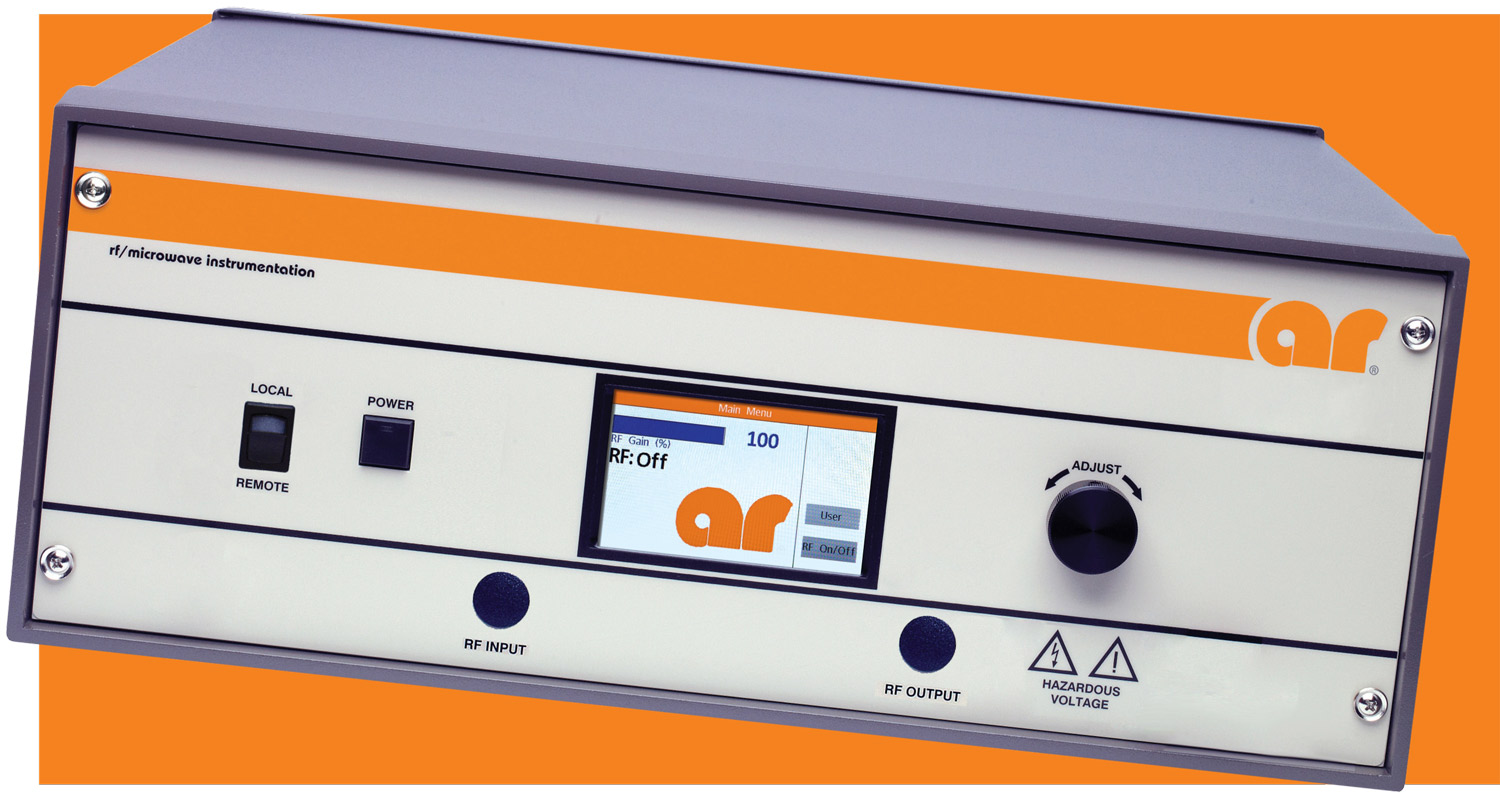

n recent years, we’ve noticed a growing confusion in the industry over design and performance requirements for sensitive compartmented information facilities (SCIF). Part 2 of this article is intended to highlight the significant difference in the performance of radiofrequency (RF) shielding between facilities designed per ICS/ICD-705[1] and those intended to meet NSA 94-106[2] performance requirements. We will also highlight some of the design and construction methodologies that lead to significant differences in performance.

oday, military and avionics electronic systems are being developed with increased frequency ranges to add bandwidth and functionality while also being designed to fit smaller spaces. Meeting reduced size, weight, and power (SWaP) system goals poses challenges for high-frequency RF/microwave cables and connectors that must meet complex electrical, mechanical, and environmental specifications but also enable access to subsystem modules for maintenance and troubleshooting. Fortunately, new multiport interconnector technologies exhibit low loss at RF/microwave frequencies with high security and repeatability. Their straightforward approach makes it easy to disconnect even in space-limited applications while maintaining the most demanding EMI/EMC requirements.
Civilian and military avionics systems such as radar altimeters and microwave landing systems (MLS) that once occupied DC to 12 GHz are now expanding into higher frequencies, typically to 18 GHz and often as high as 40 GHz. This expansion requires subsystem interconnects capable of providing the highest, most reliable performance while also fitting within limited airframe space.

ecause virtually all electronic devices and electrical apparatus require safety certification, manufacturers must submit samples of their products to compliance agencies and regulatory authorities to ensure they meet global standards.
This article gives an overview of the many safety standards required for certification and how advanced hipot testers have evolved to speed and simplify the compliance process. It also discusses the critical pre-testing setup and safety procedures required to ensure user safety. Finally, it describes the four types of essential hipot tests, dialectic withstand, insulation resistance, ground continuity, and ground bond testing, conducted during final production as well as the test results to look for.
During the production phase of product development, products destined for sale in the U.S. market are typically sent to Nationally Recognized Testing Laboratories (NRTLs) for compliance testing. NRTLs provide services to certify compliance with the relevant standard(s) and regularly inspect the testing equipment and facilities.

art I of this article focused on the distinction between safety-critical components and high-integrity components. In this second part, we discuss the main aspects related to high-integrity components.
An effective HIC safety strategy views hazard identification and hazard analysis and control as a continuous, iterative process applied throughout HIC development and use. Once hazards have been identified, they are addressed either by eliminating them from the HIC design if possible or, if not, by preventing or minimizing their likelihood of occurrence, controlling the risks that do occur, and minimizing their potential damage. Safety must be built into an HIC from the beginning; it cannot be added to a completed design or tested into an equipment.
his is the second of three articles devoted to the design, test, and EMC immunity evaluation of multilayer PCBs containing analog circuitry. The first article presented a top-level block diagram description of the design problem under research [1,2]. This article is devoted to the RF immunity testing according to the ISO11452-11 Radiated Immunity Reverberation Method standard from 400MHz – 1GHz, up to 100V/m. As a reminder, two analog measurements are present on the PCB. The first analog measurement captures analog temperature values from a Negative Temperature Coefficient (NTC) thermocouple at the end of a short harness. The second analog measurement captures the analog voltage of 12 volts connected at the banana jack terminals of the PCB. Both sets of values are processed by the microcontroller and reported to the test engineer outside the chamber via Universal Asynchronous Receiver Transmitter (UART) and fiber optic communications for isolation. However, for this article, only analog temperature measurements are presented and discussed.
In this study, there are seven design variants that all contain a similar schematic but implement different PCB layout techniques (see [1] for the details). The design variants are described in Table 1.
hen handling ESD-sensitive components, we must protect them from ESD damage. ANSI/ESD S20.20 tells us its purpose is “to provide administrative and technical requirements for establishing, implementing and maintaining an ESD Control Program,” and it “applies to organizations that manufacture, process, assemble, install, package…. or otherwise handle…parts, assemblies, and equipment susceptible to ESD damage…” It all sounds very “big company.”
What if you have three people trying to run a repair shop or make a few products? Or a single servicing engineer visiting customers? Even larger companies sometimes have single workstation electrostatic protected areas (EPA) or activities that do not seem to fit the standard. Not to mention the R&D guys with a single workstation prototyping area… It just does not seem practical to have ESD control according to IEC 61340-5-1 and ANSI/ESD S20.20, and why would they bother?
Let us deal with the last bit first. As an R&D guy, I would not want to waste my time trying to debug a prototype that I had unknowingly damaged through ESD. I would want this even less if my project was a one-off product going to a customer or if I was fitting memory or boards into a client’s equipment. Yes, it does happen.

Here’s another good reason why the use of mobile phones on planes should remain banned: your call could lock the crew in the cockpit. The problem was first reported in December 2003, when a Northwest Airlines mechanic scrambled the electronic locks on the security doors of an Airbus A330 by using his walkie-talkie in the vicinity of the flight deck.
By June 2004, Boeing had discovered that similar problems affected 1,700 of its aircraft. The solution has been a two-year, top-secret repair schedule. Boeing reports that all its jets were fixed by the end of September, while Airbus says…
Emissions: Until relatively recently the only limits on emissions from electrical equipment on rail vehicles operating in the UK were those related to signalling interference. Problems of incompatibility between equipment within the train were dealt with on an ad-hoc basis. As a result most electronic equipment on older vehicles is relatively “hard” and does not suffer problems due to interference from adjacent electronic equipment.
However, some older electronic equipment has been found unexpectedly sensitive to emissions….
View Index
MIL-STD-810 Training
June 19-24
International Microwave Symposium
June 27-29
Sensors Expo & Conference
July 12-14
EMV 2022
August 1-5
IEEE EMC+SIPI 2022
EMC Curope 2022
September 13-15
The Battery Show
September 13-15
Fundamentals of Random Vibration and Shock Testing Training
September 13-16
Lab Techniques, Robust Design, and Troubleshooting
44th Annual EOS/ESD Symposium
September 20-22
IEEE ISPCE 2022
September 29
2022 Minnesotae EMC Event
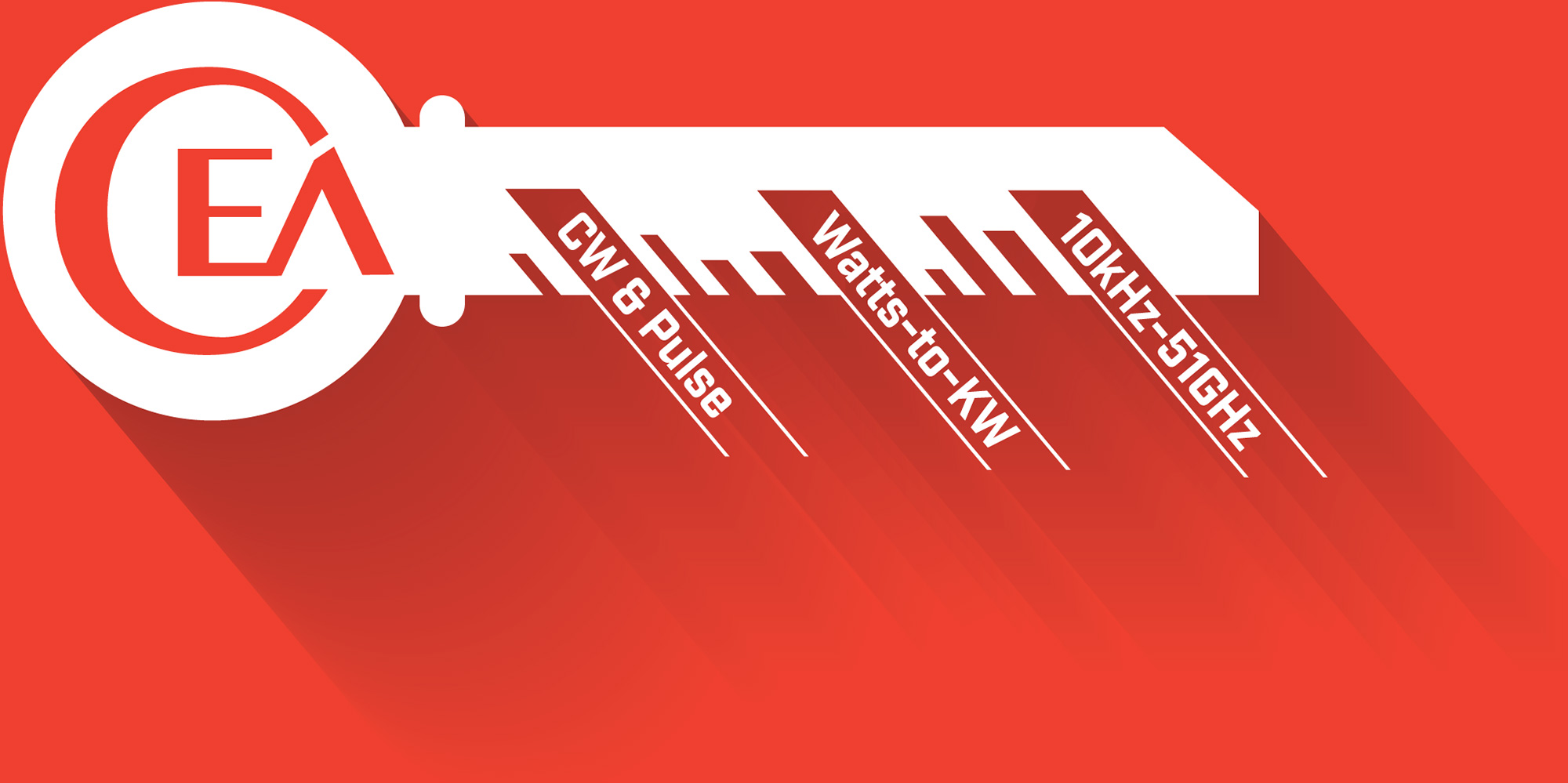
is your
Key to Success
another outstanding TWT replacement

… we are redefining
Ingenuity!

Las Vegas, Nevada 89120
Tel: 702-534-6564
Web: www.exoduscomm.com • Email: sales@exoduscomm.com


